Looking for the best skis for your next winter adventure? Here’s a quick comparison:
- Altai Hok skis are short, wide, and come with built-in climbing skins, making them perfect for off-trail exploration and varied terrain. They’re easy to use, work with regular winter boots, and are great for beginners.
- Cross-country skis are long, narrow, and designed for speed on groomed trails. They require specialized boots and more skill but are ideal for long-distance touring.
Quick Comparison
| Feature | Altai Hok | Cross-Country |
|---|---|---|
| Terrain | Off-trail, mixed terrain | Groomed trails |
| Design | Short, wide, with skins | Long, narrow |
| Boot Compatibility | Regular winter boots | Specialized boots |
| Speed | Moderate | High on trails |
| Learning Curve | Easy | Steeper, needs practice |
In short: Choose Altai Hok skis for flexibility and control in difficult terrain, or cross-country skis for speed and efficiency on smooth trails.
Build and Materials
Altai Hok: Compact and Wide Construction
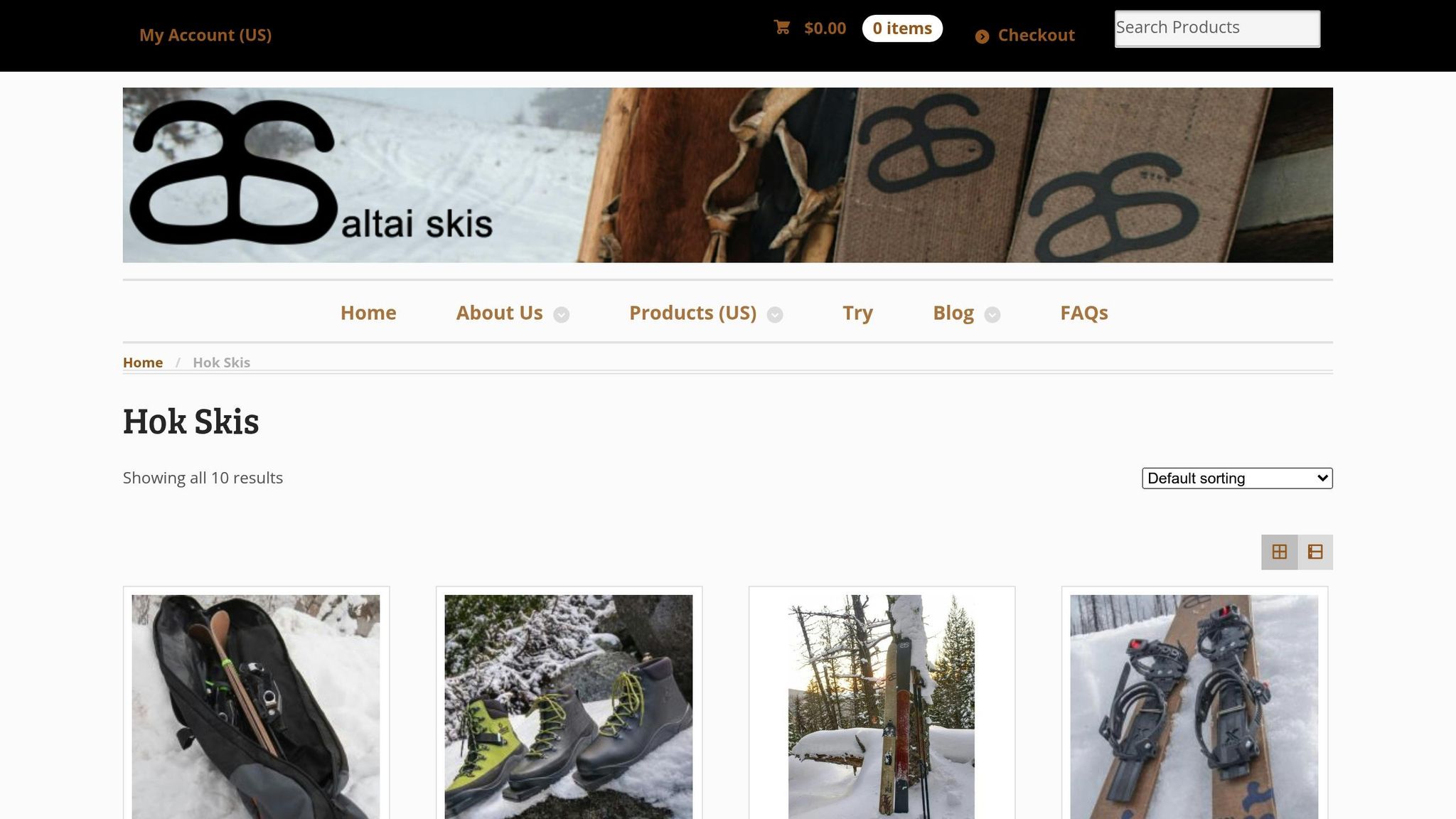
The Altai Hok features a short and wide composite frame. It comes equipped with nylon climbing skins for uphill grip, stainless steel edges for precise turns, and M6 threaded inserts to ensure bindings stay secure[1].
Cross-Country: Long and Slim Design
Cross-country skis are designed with a long, narrow, and lightweight frame. This shape allows for smooth gliding on groomed trails, with the length aiding momentum and the narrow width ensuring straight tracking[1].
Comparing Key Design Features
| Feature | Altai Hok | Cross-Country |
|---|---|---|
| Length Profile | Short and compact | Long and extended |
| Width | Wide for better flotation | Narrow for track efficiency |
| Primary Purpose | Durability and flexibility | Lightweight performance |
These design distinctions highlight the Altai Hok's ability to handle off-trail conditions and provide traction, while cross-country skis excel in speed and precision on groomed paths. Up next, we'll dive into how each performs uphill, downhill, and on various snow types.
Altai Hok, Marquette Ski-Snowshoe Hybrids Review ...
Snow Terrain Performance
Here's how each ski performs when tackling uphill climbs, downhill descents, and different snow conditions.
Going Uphill
The Altai Hoks come equipped with built-in skins, offering excellent uphill grip compared to cross-country skis. Whether on packed or fresh snow, Hoks can handle 95% of slopes without needing herringbone techniques. However, on steeper or icy sections, the skins may lose their hold unless additional traction is used [1] [2].
Going Downhill
According to Adirondack Mountain Club testers (Jan 2017), Hoks descend more slowly but with better control, thanks to their skins [1]. Their short, wide design also makes it easier to execute parallel turns in untouched powder, providing better steering and speed control than cross-country skis.
Snow Type Handling
Hoks perform well in 4–6 inches of powder, cutting through with ease, and maintain grip on packed snow without requiring advanced techniques [1]. That said, the skins can slip on hard-crust snow unless extra traction is added [2]. In contrast, cross-country skis glide smoothly on firm, groomed trails but struggle with flotation and stability in deep or loose snow.
Next, we'll explore how these performance differences relate to skill requirements and boot compatibility.
sbb-itb-17ade95
User Skills and Comfort
Skill Level Requirements
Altai Hoks are much simpler to pick up compared to cross-country skis. Beginners can get the hang of them quickly without needing any prior experience. Cross-country skiing, on the other hand, requires mastering the kick-and-glide motion and managing speed with precision. These differences also show up when it comes to the gear you need and how convenient it is to use.
Boot and Binding Options
- Boot compatibility: Hoks work with regular winter or alpine boots, thanks to universal, three-pin, or NNN bindings. Cross-country skis, however, require specific cross-country boots [2].
- Cost and convenience: You can use the same boots for Hoks and other winter activities, which helps cut down on gear costs [2].
- Maintenance: If you're out for a long time, make sure to tighten the Hok binding straps to keep them secure [2].
Daily Use Factors
Daily-use considerations like travel distance, storage needs, and maintenance requirements set these skis apart.
Distance and Pace
Cross-country skis excel at maintaining speed and efficiency on groomed trails, making them a great choice for long-distance touring. On the other hand, Altai Hoks prioritize maneuverability, especially in tight spaces. However, their integrated skins create more drag, meaning you'll need more effort to cover the same distance.
| Aspect | Altai Hok | Cross-Country |
|---|---|---|
| Best Distance | Short to medium routes | Long-distance touring |
| Terrain Type | Dense forests, varied terrain | Groomed trails, open areas |
| Speed Potential | Moderate | High on groomed trails |
| Energy Efficiency | Requires more effort | Efficient on groomed surfaces |
Transport and Storage
Altai Hoks, with their shorter length, are easy to store in apartments, standard vehicles, and travel packs. They also navigate tight forest trails effortlessly. Cross-country skis, being longer, need more storage space and often require roof racks or wall mounts.
Care and Upkeep
Both types of skis need regular maintenance. For Altai Hoks, clear debris from the synthetic skins and check bindings before each use. Cross-country skis require waxing the bases and routine inspections of edges and binding tension [2].
Making Your Choice
Quick Decision Guide
Here's a handy comparison to help you decide which option suits your needs best:
| Factor | Altai Hok | Cross‑Country |
|---|---|---|
| Best For | Off‑trail adventures, mixed terrain | Groomed trails, long-distance trips |
| Learning Curve | Easy to pick up | Steeper, requires practice |
| Uphill Performance | Strong grip (integrated skins) | Decent (needs proper technique) |
| Maneuverability | Great in tight spots | Better in open spaces |
| Typical Use | Short to medium outings | Longer tours |
These factors highlight the differences in grip, handling, and glide efficiency discussed earlier.
For more control, seasoned skiers often pair Hoks with three-pin bindings. If you're tackling frozen stream beds or venturing into ungroomed backcountry, the Hoks' hybrid design offers an edge over traditional cross-country skis [2].




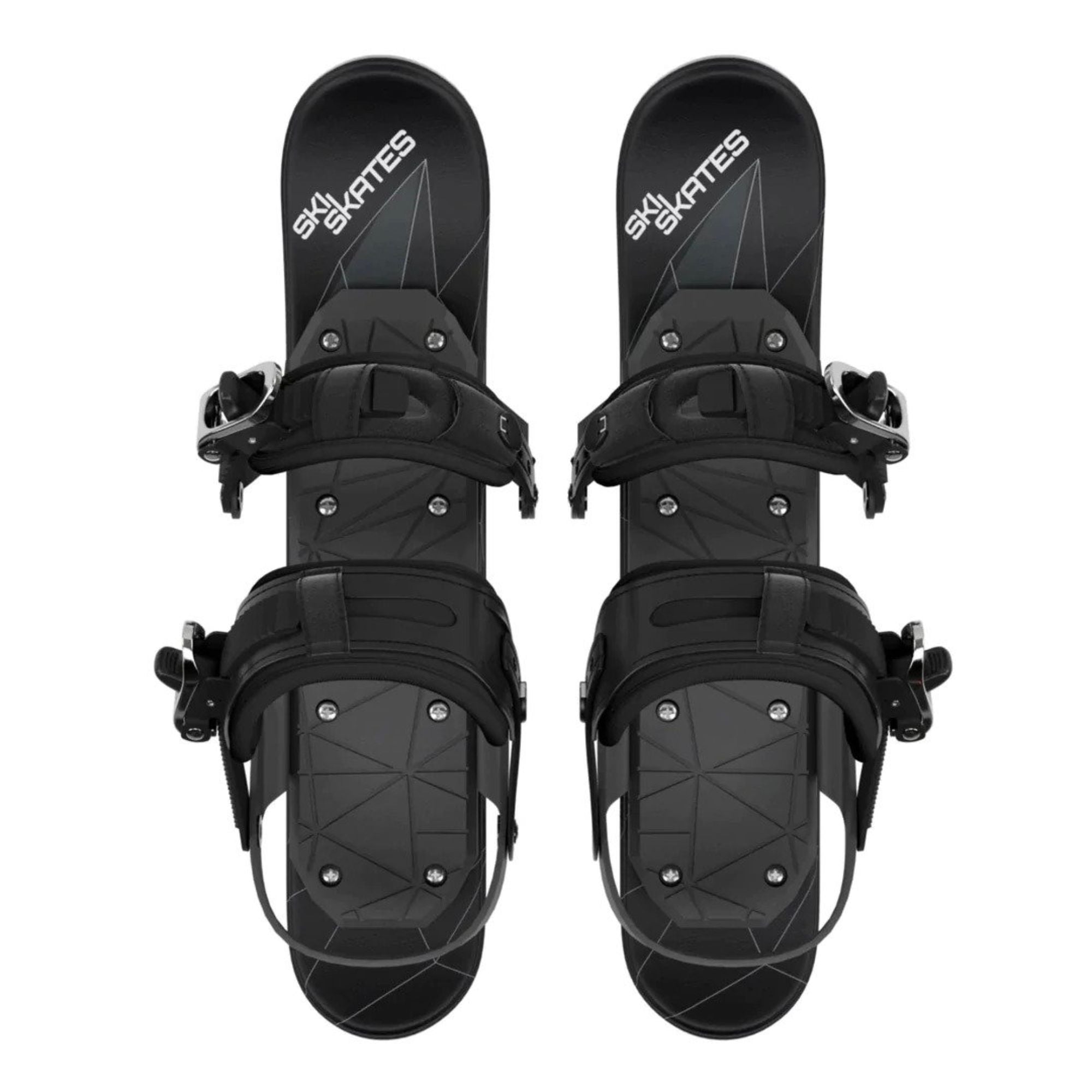
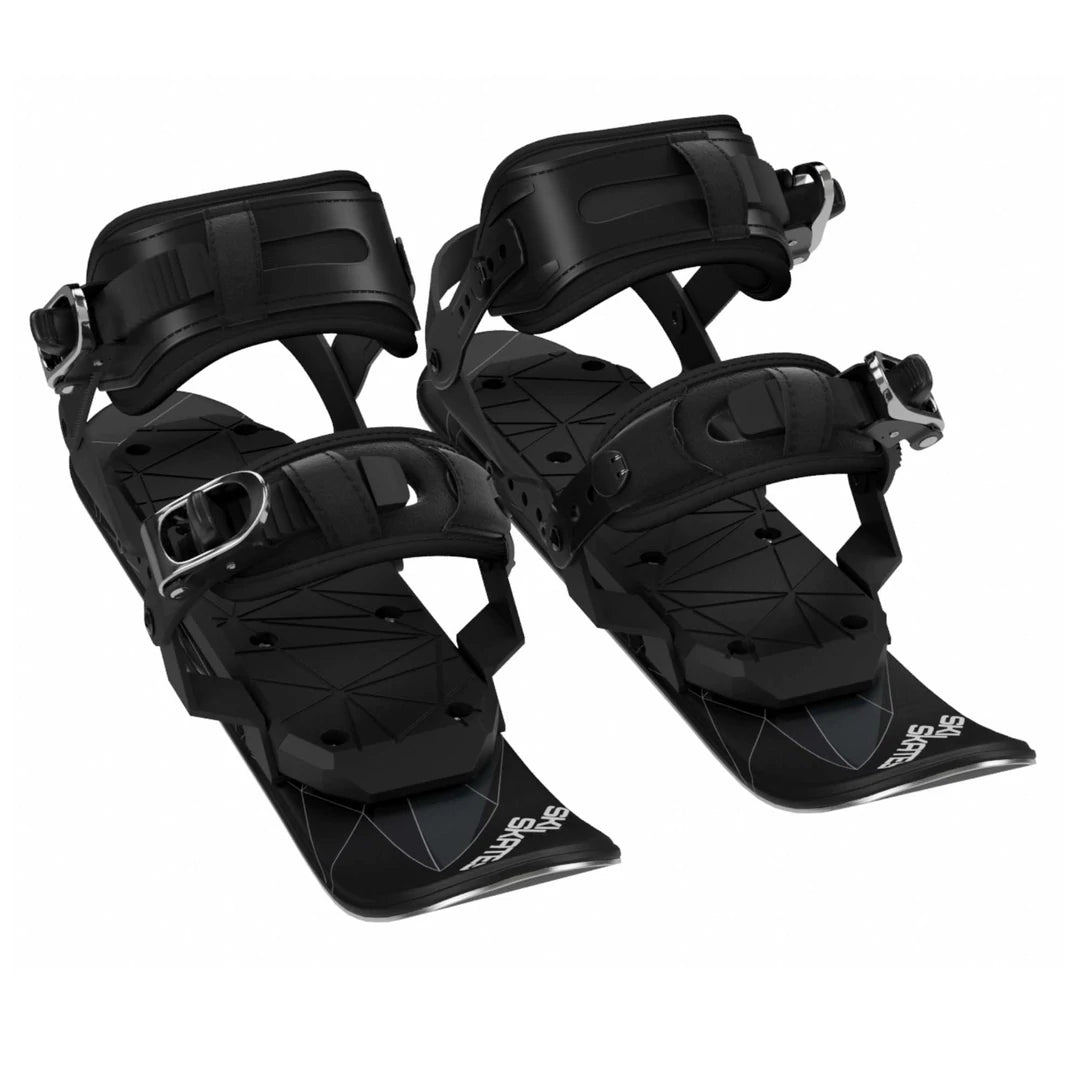
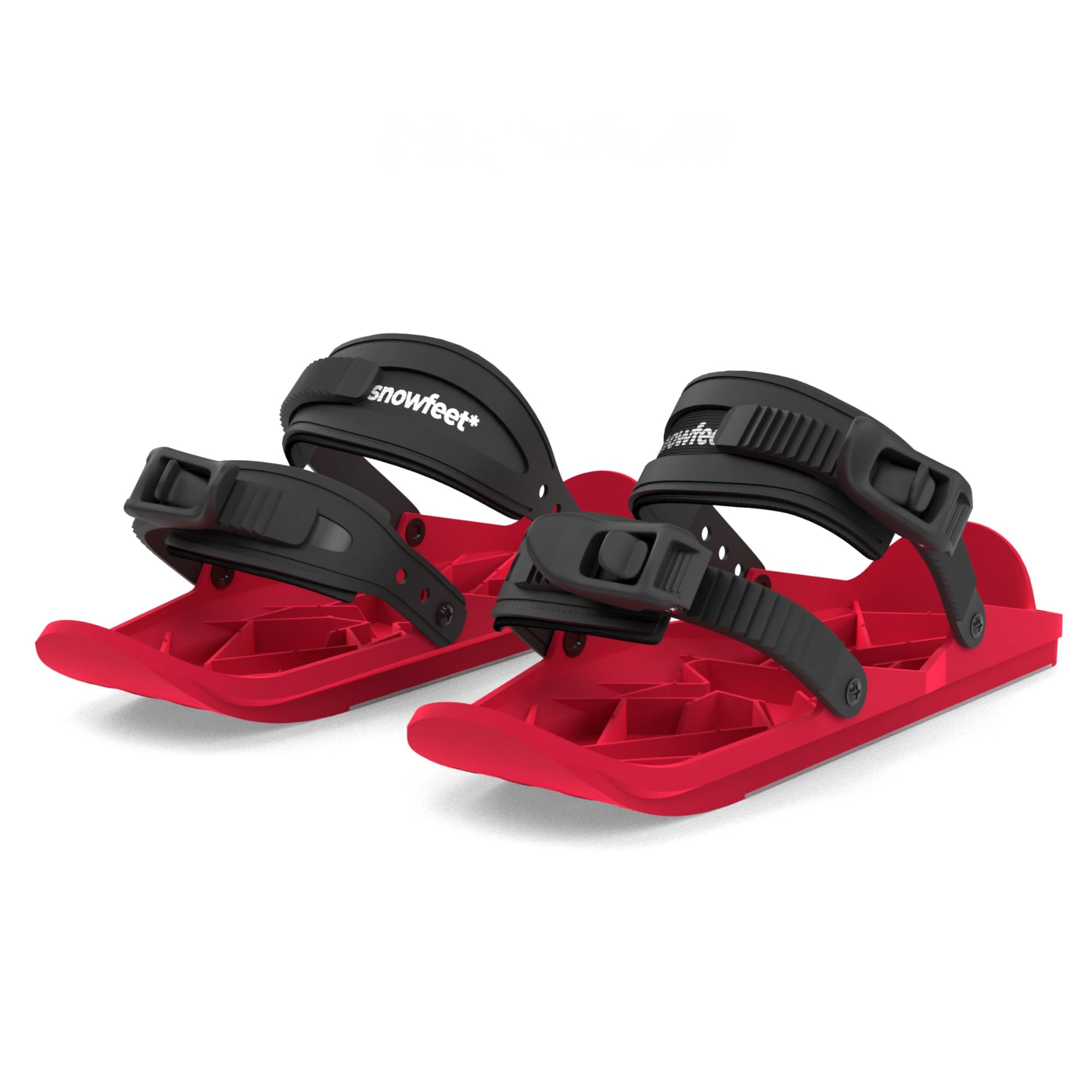





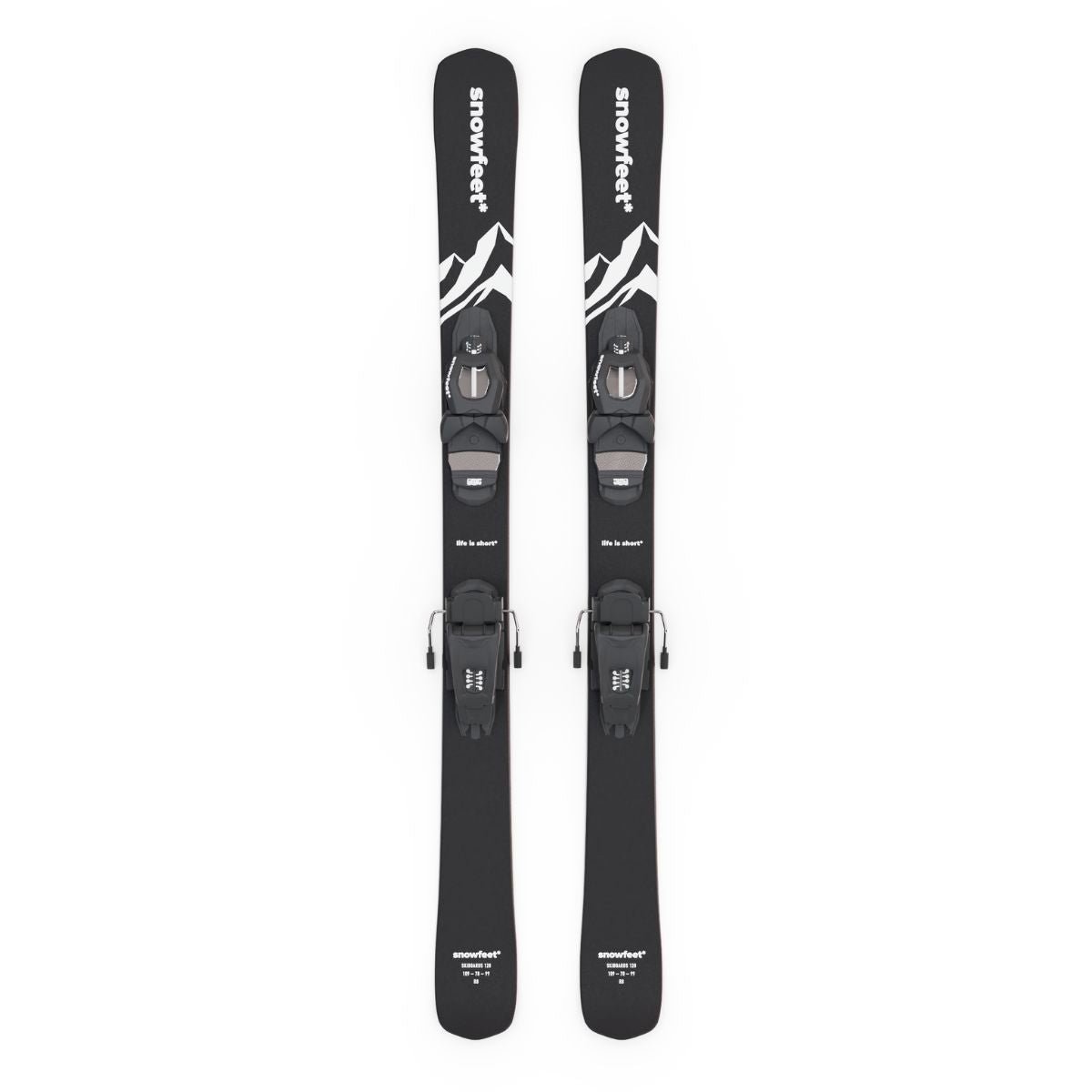
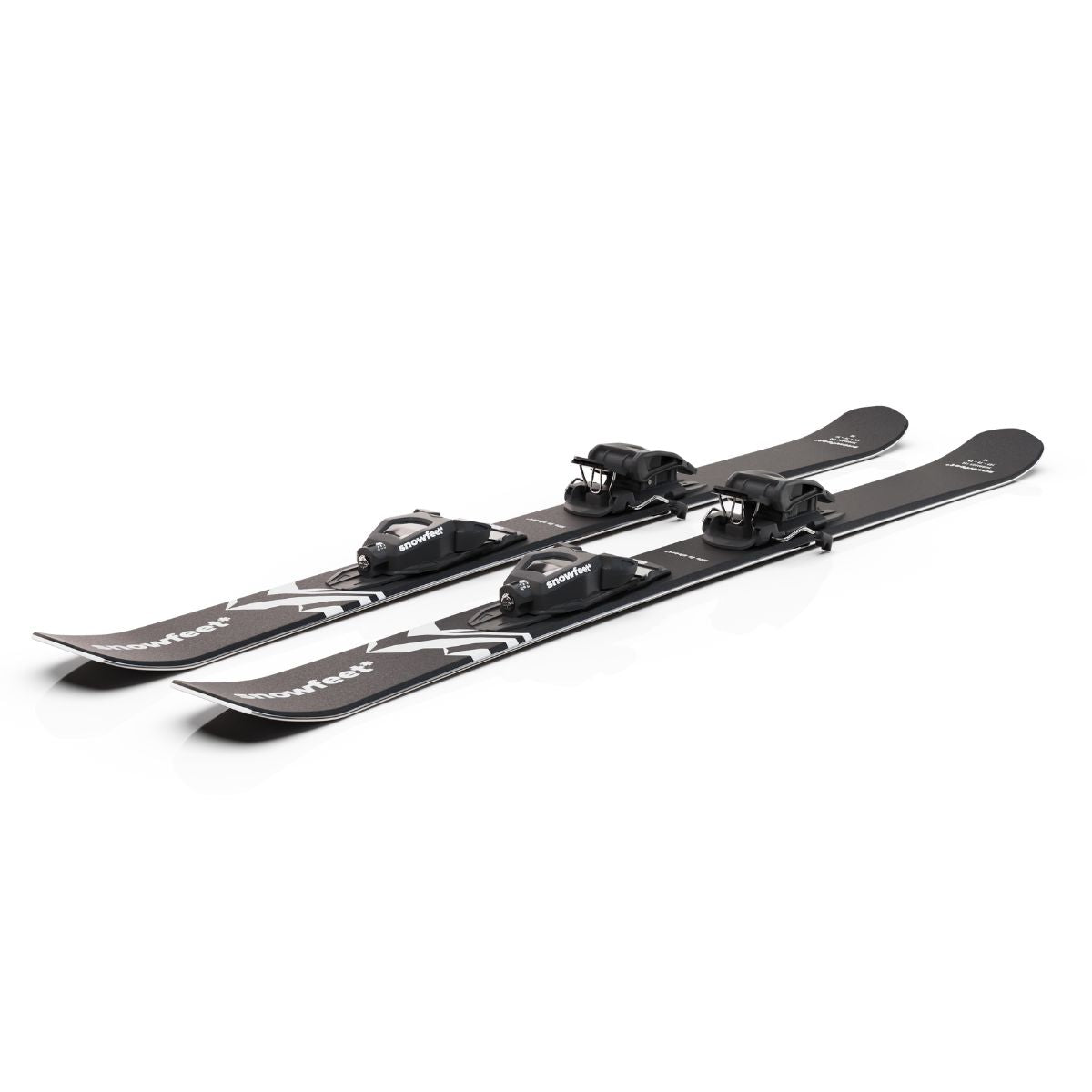
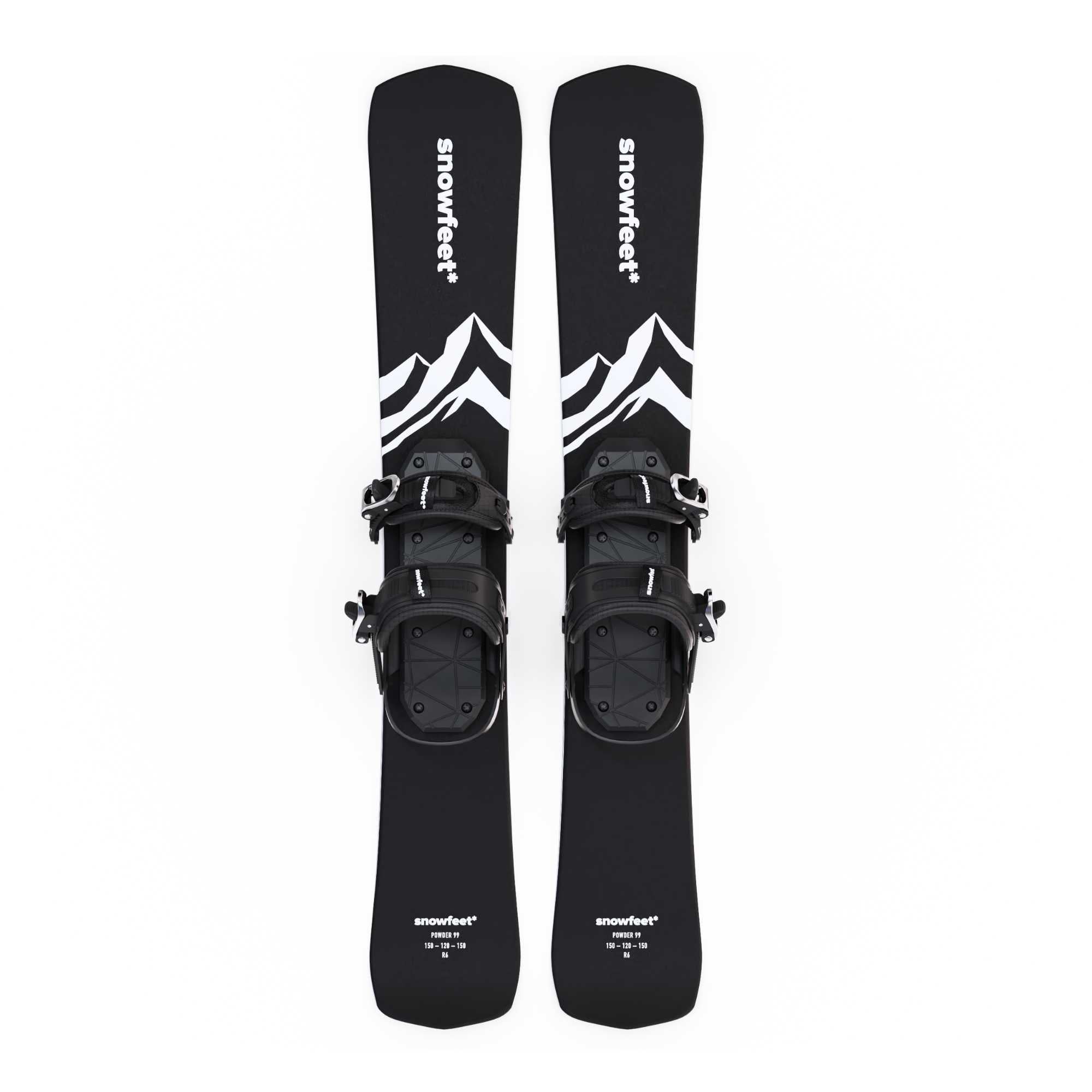
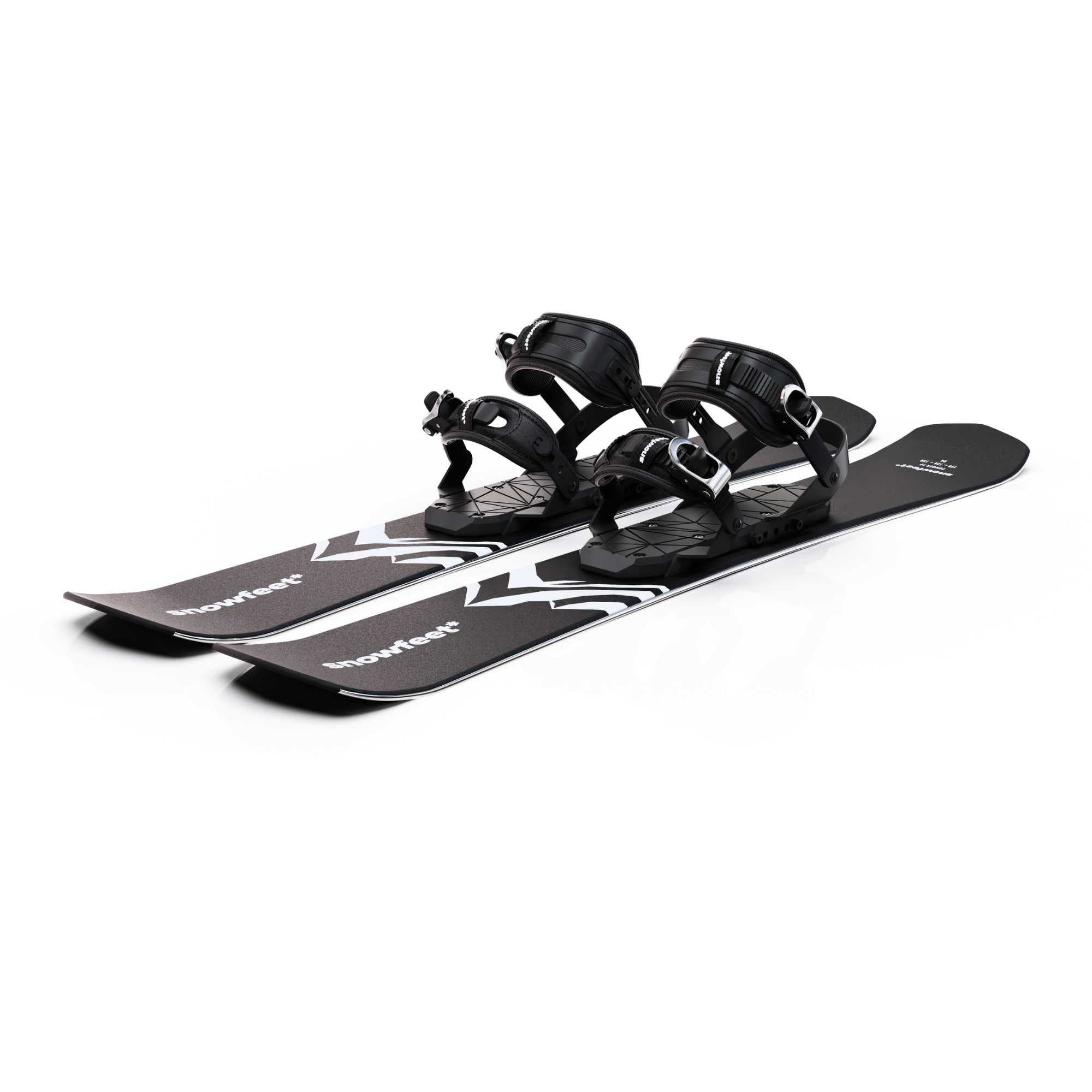
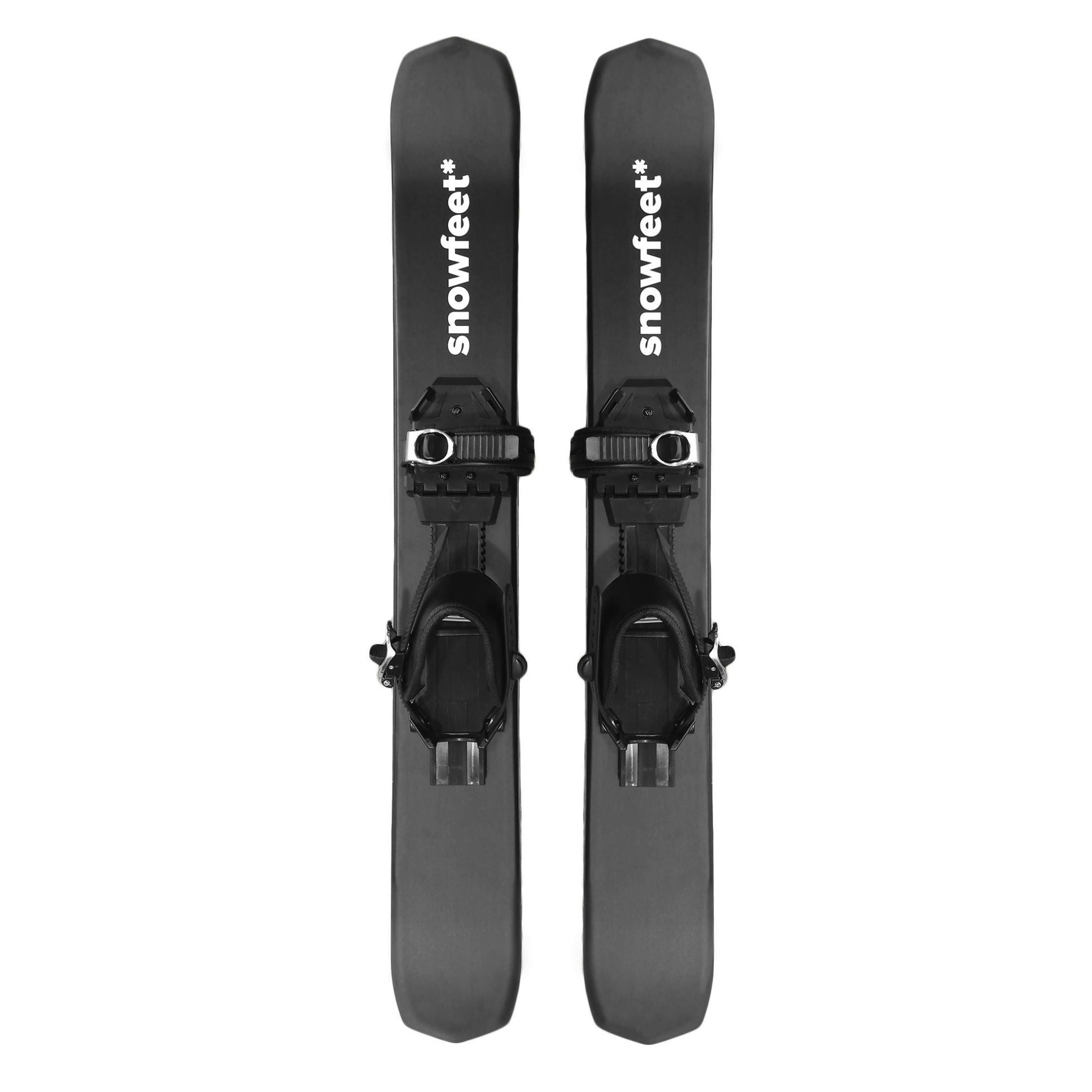
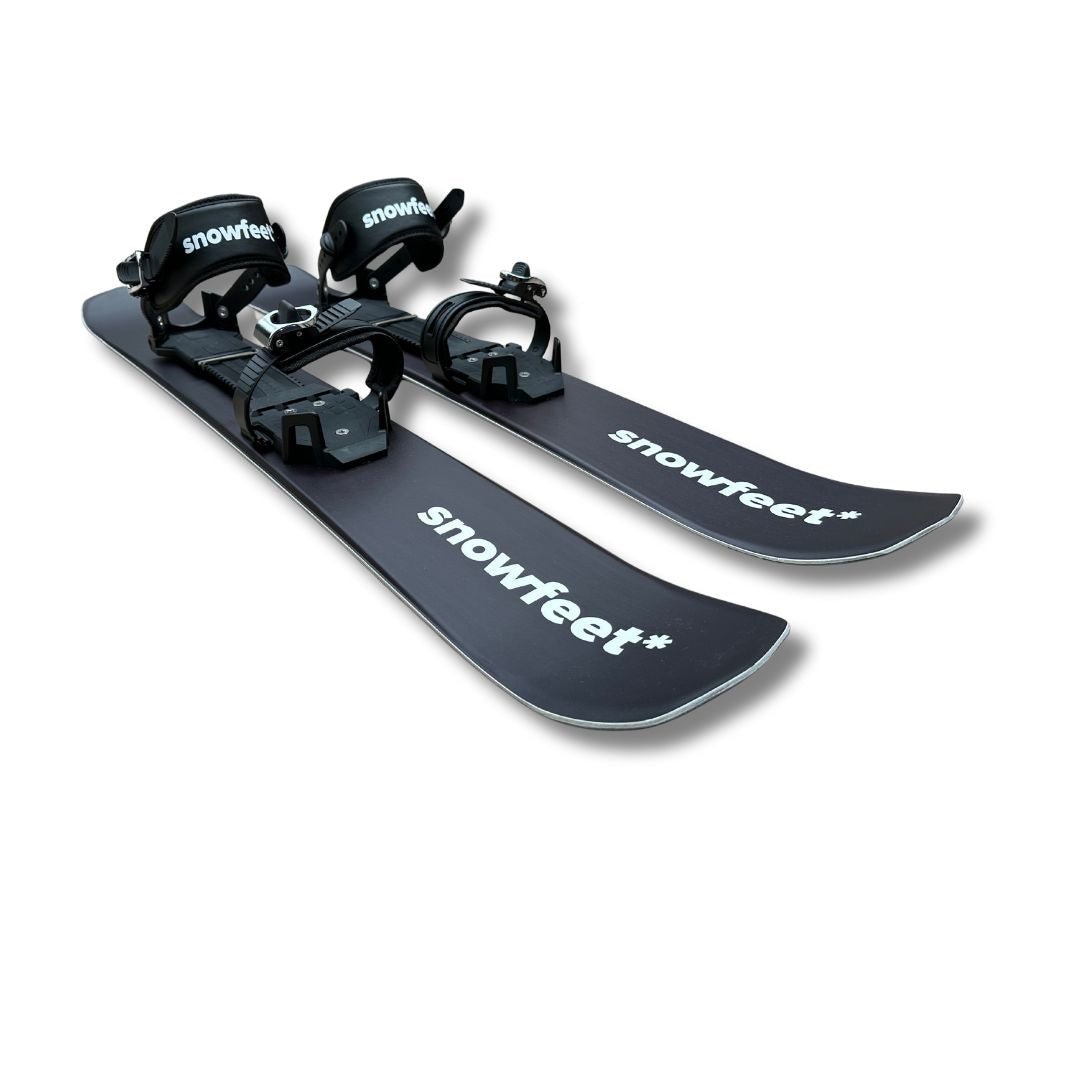
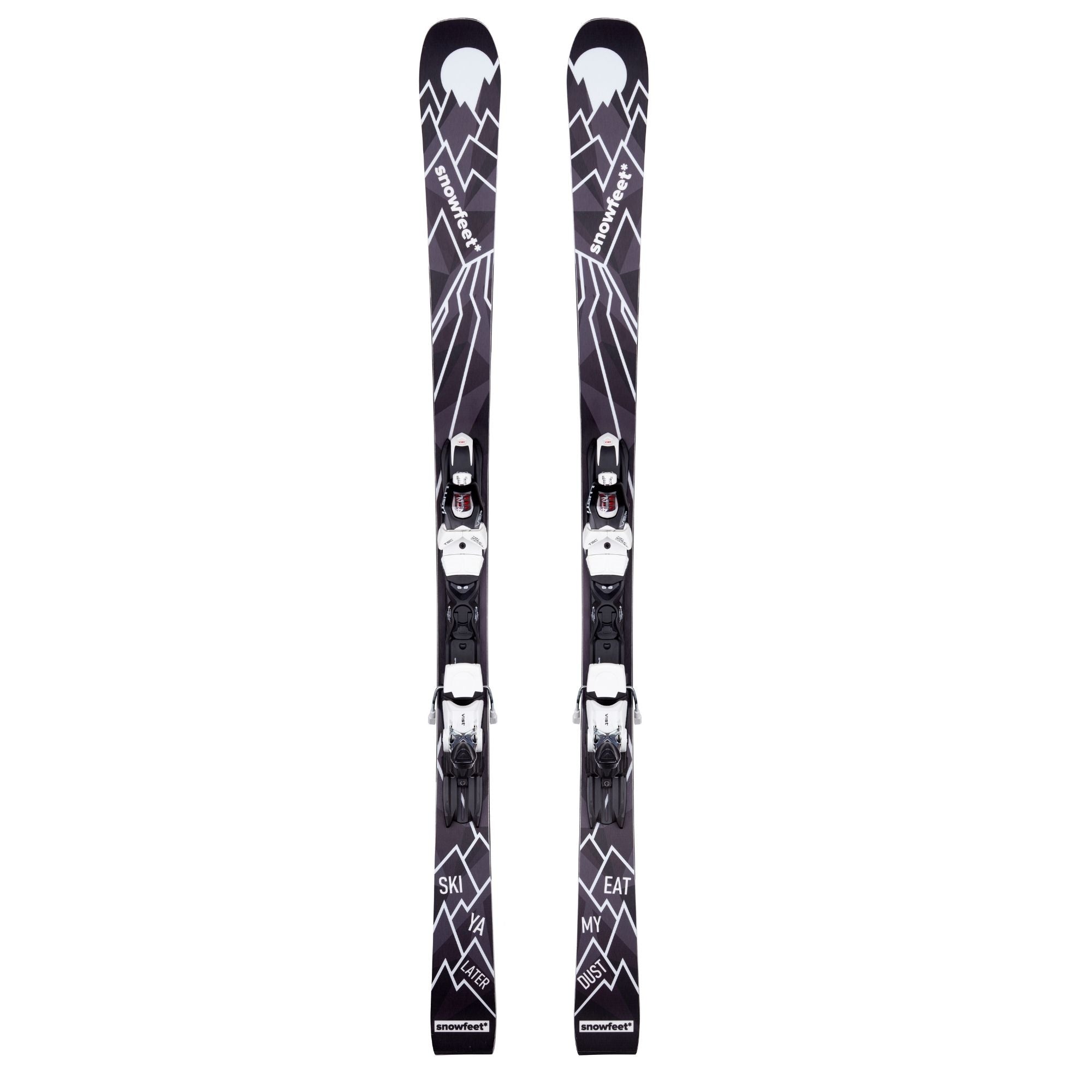
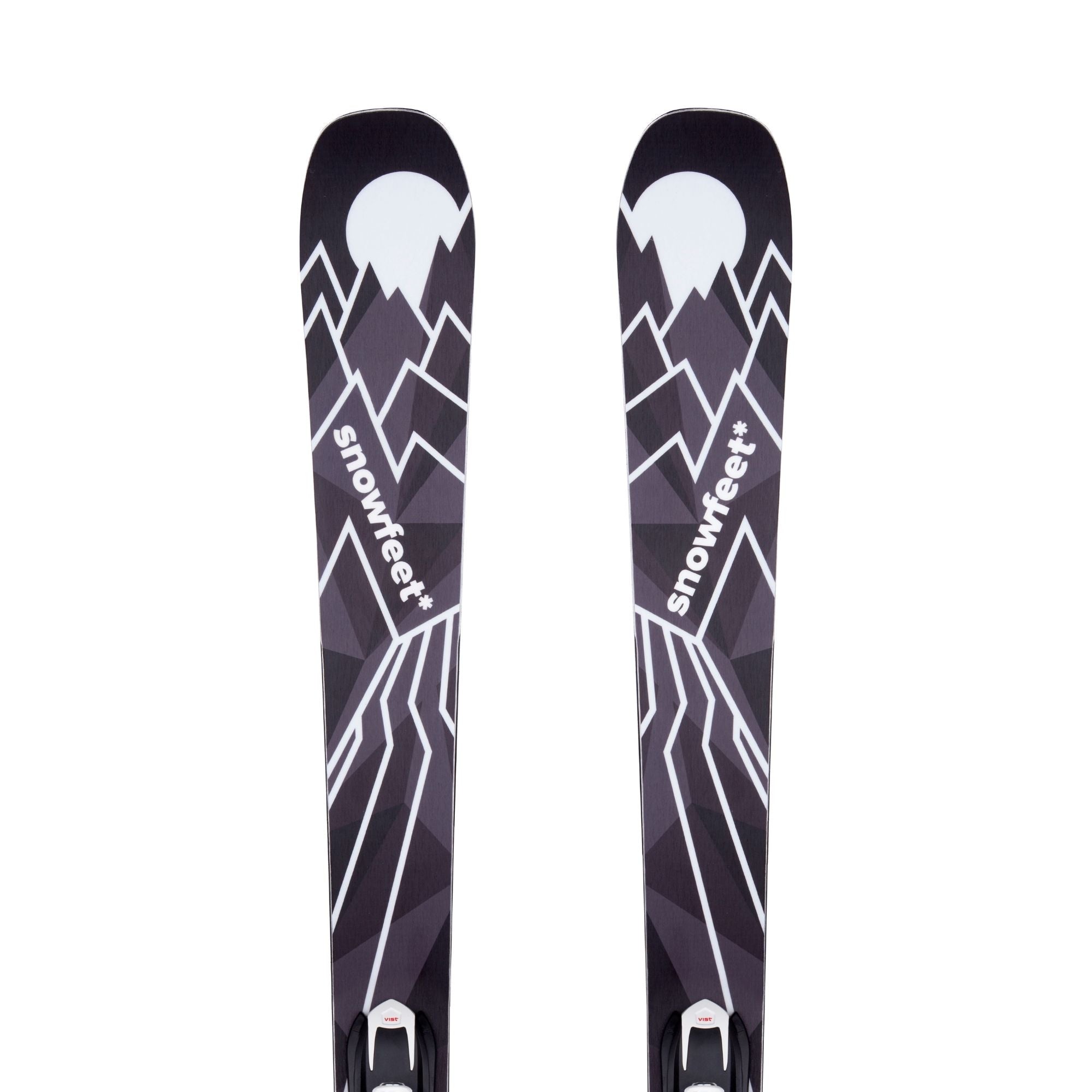
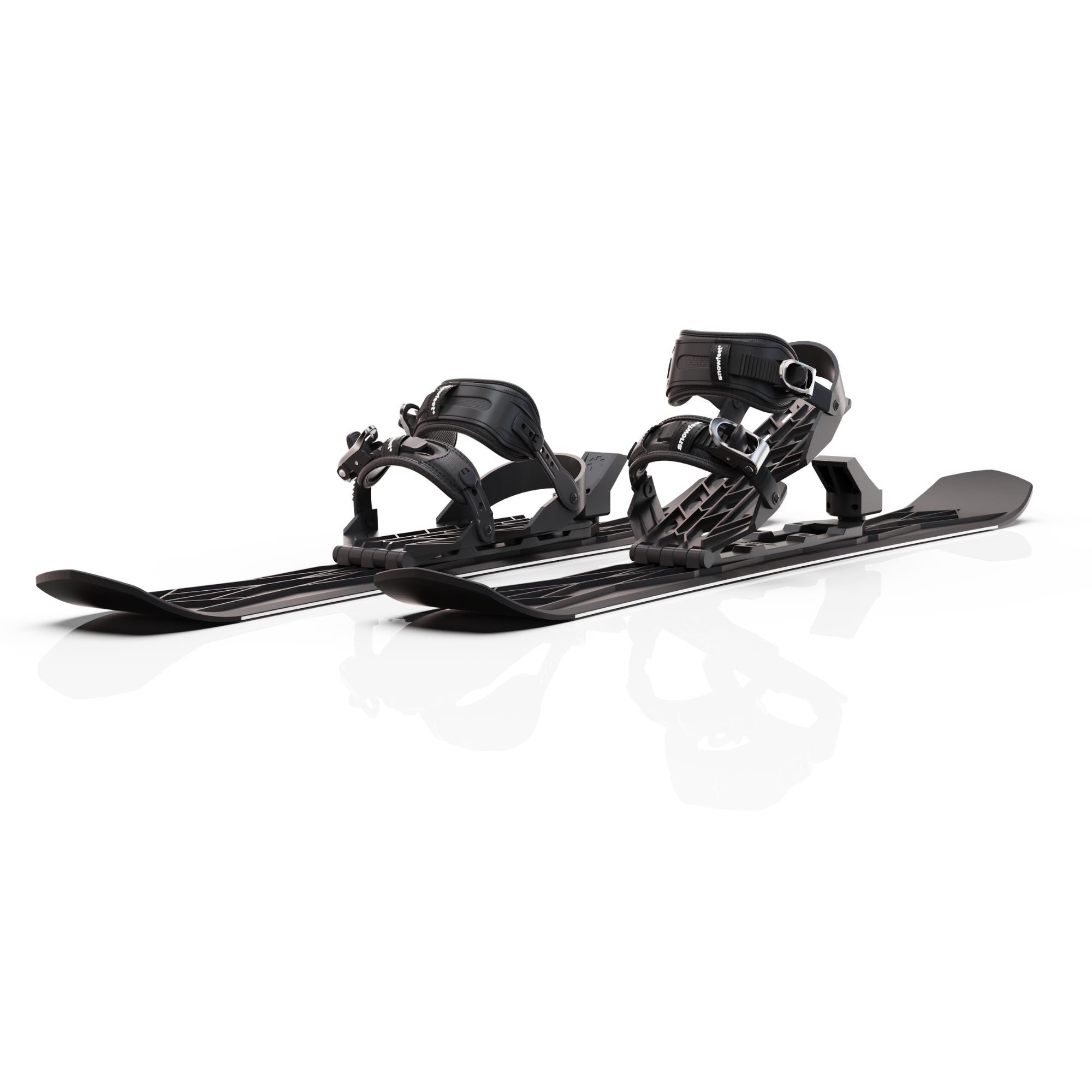

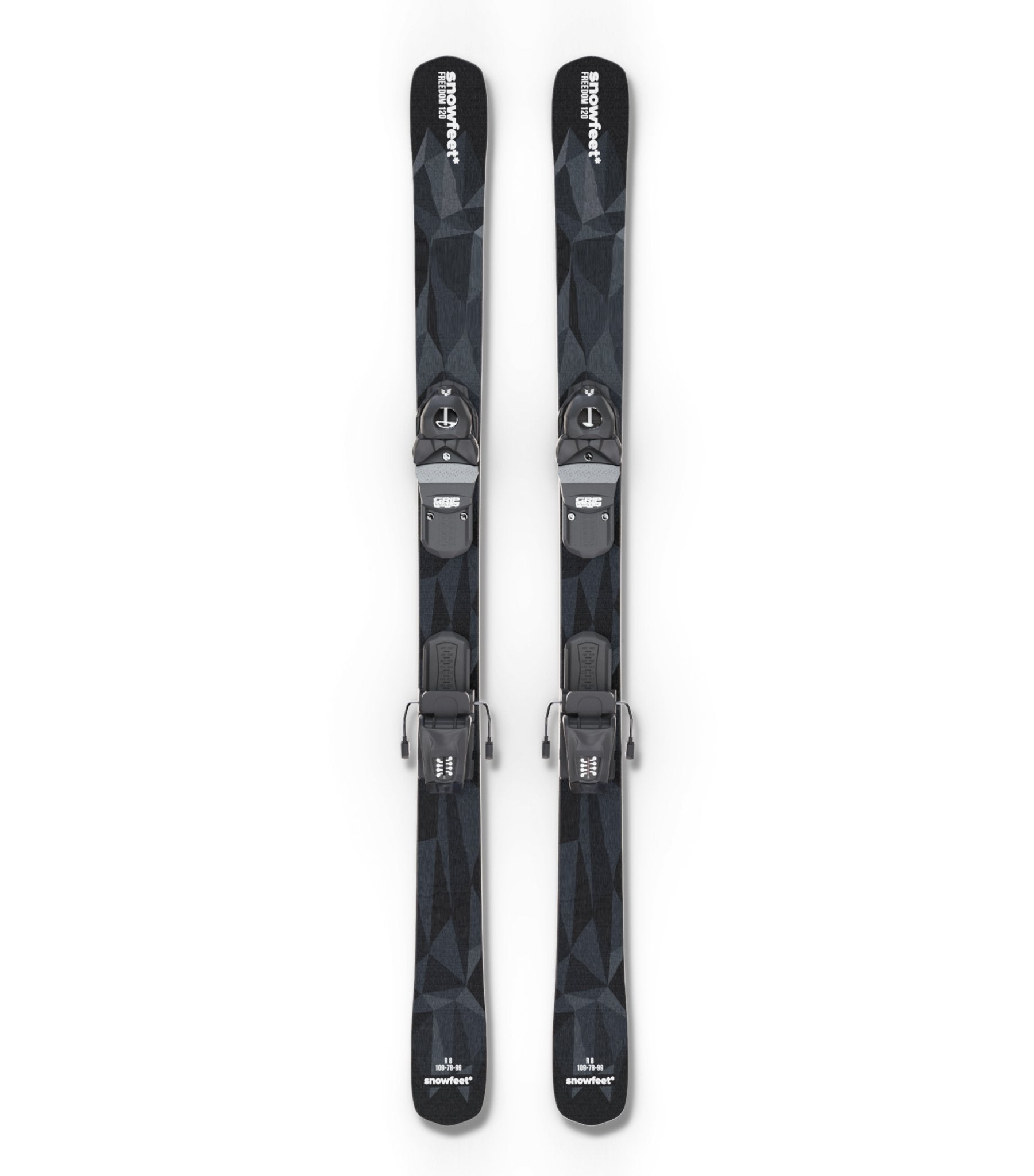
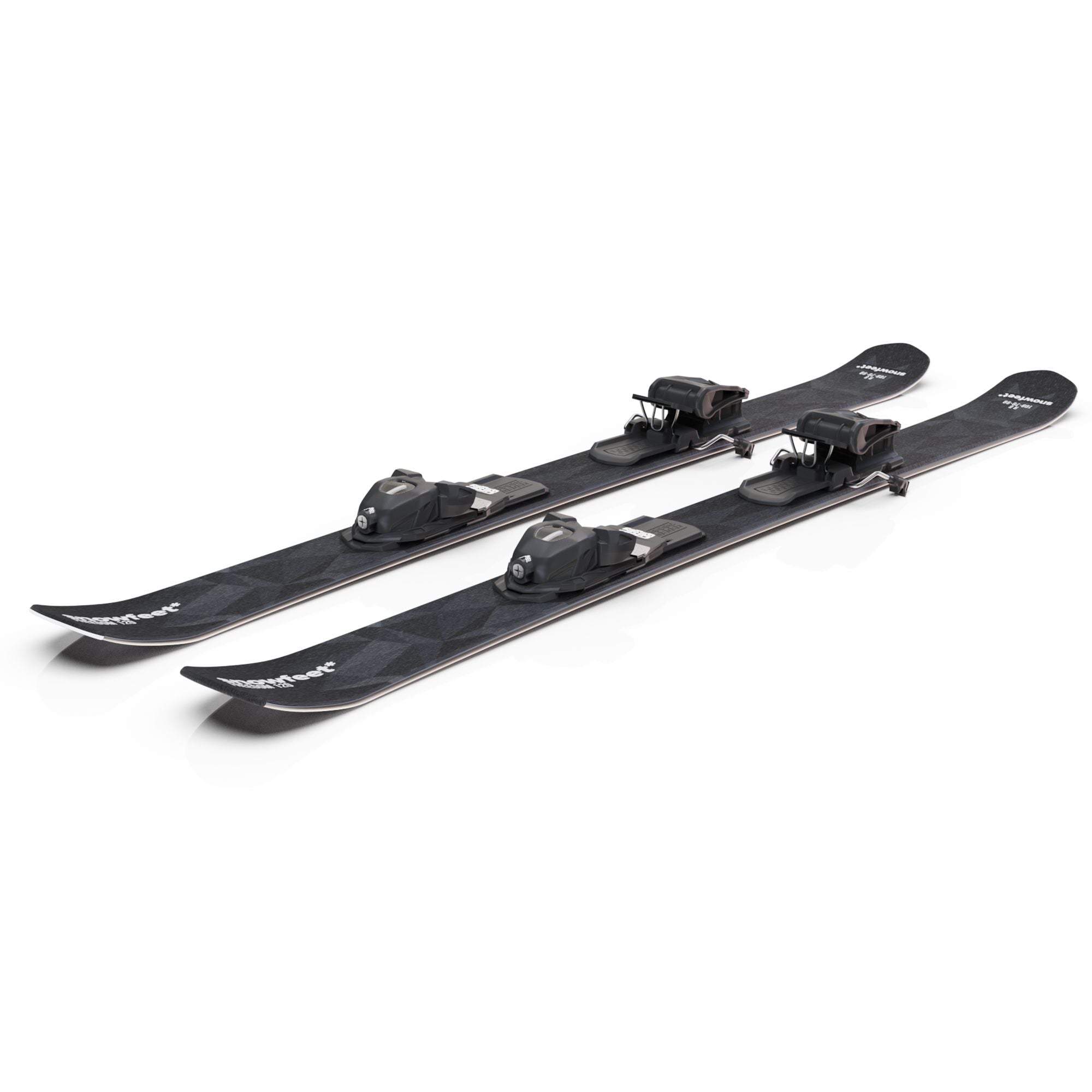
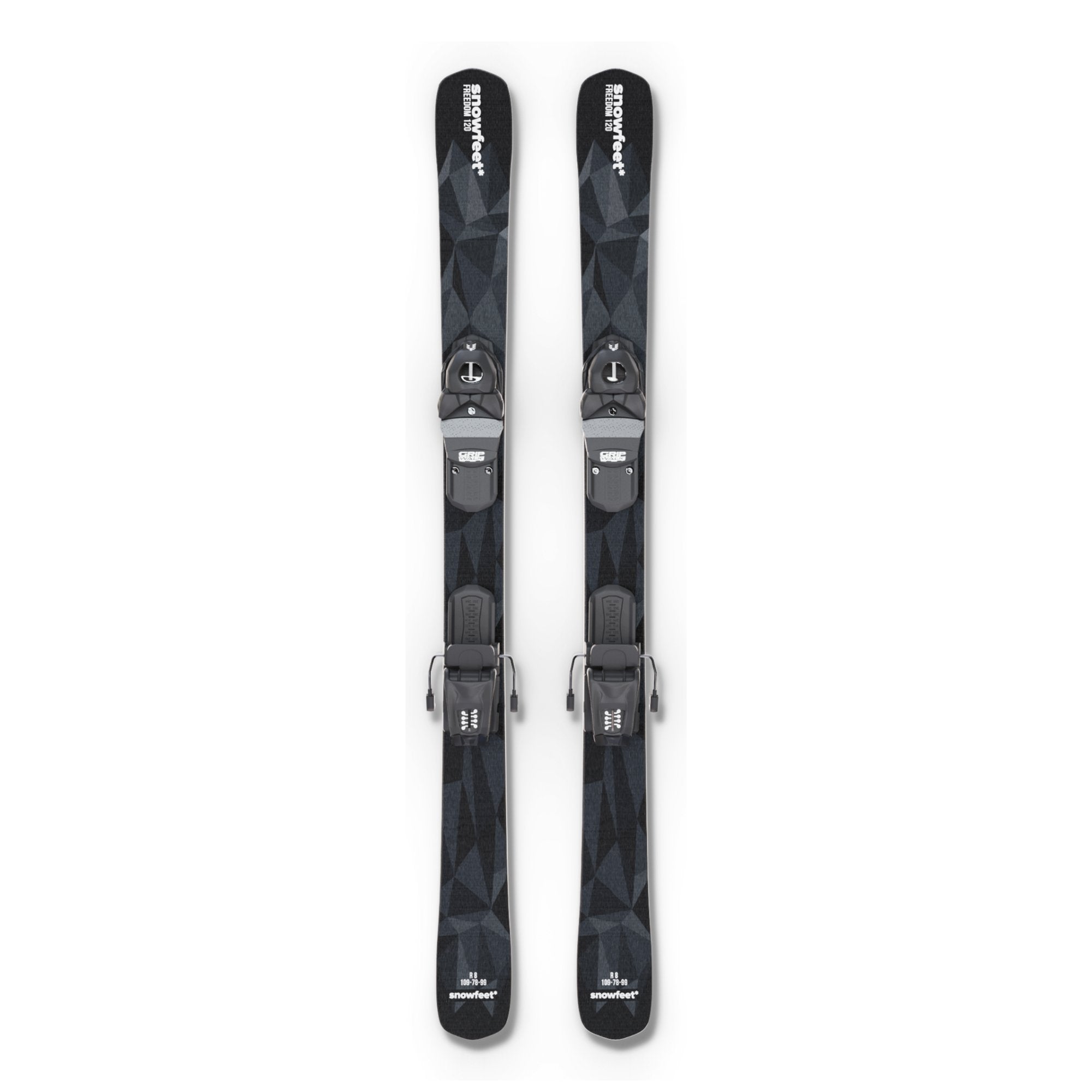
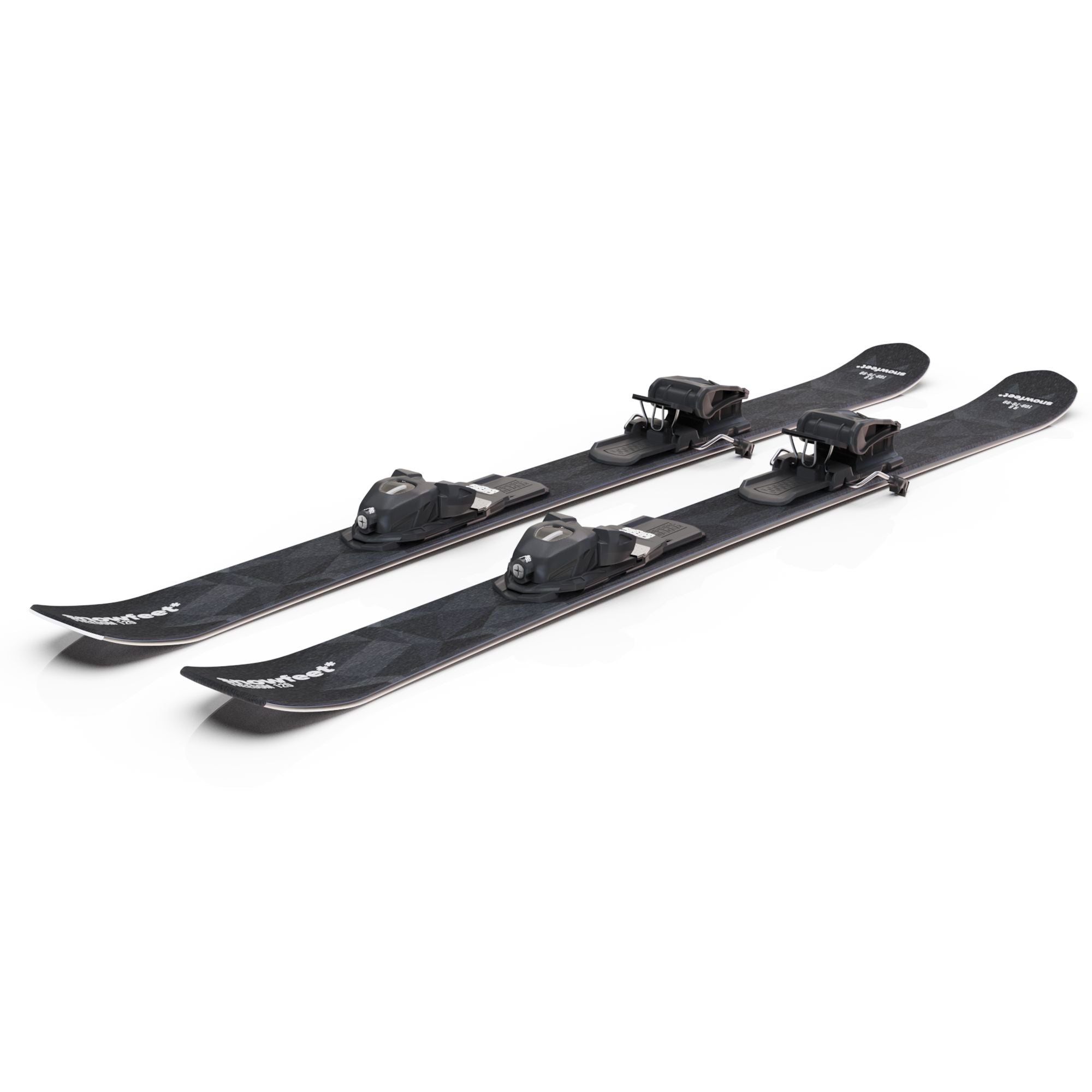
コメントを書く
このサイトはhCaptchaによって保護されており、hCaptchaプライバシーポリシーおよび利用規約が適用されます。